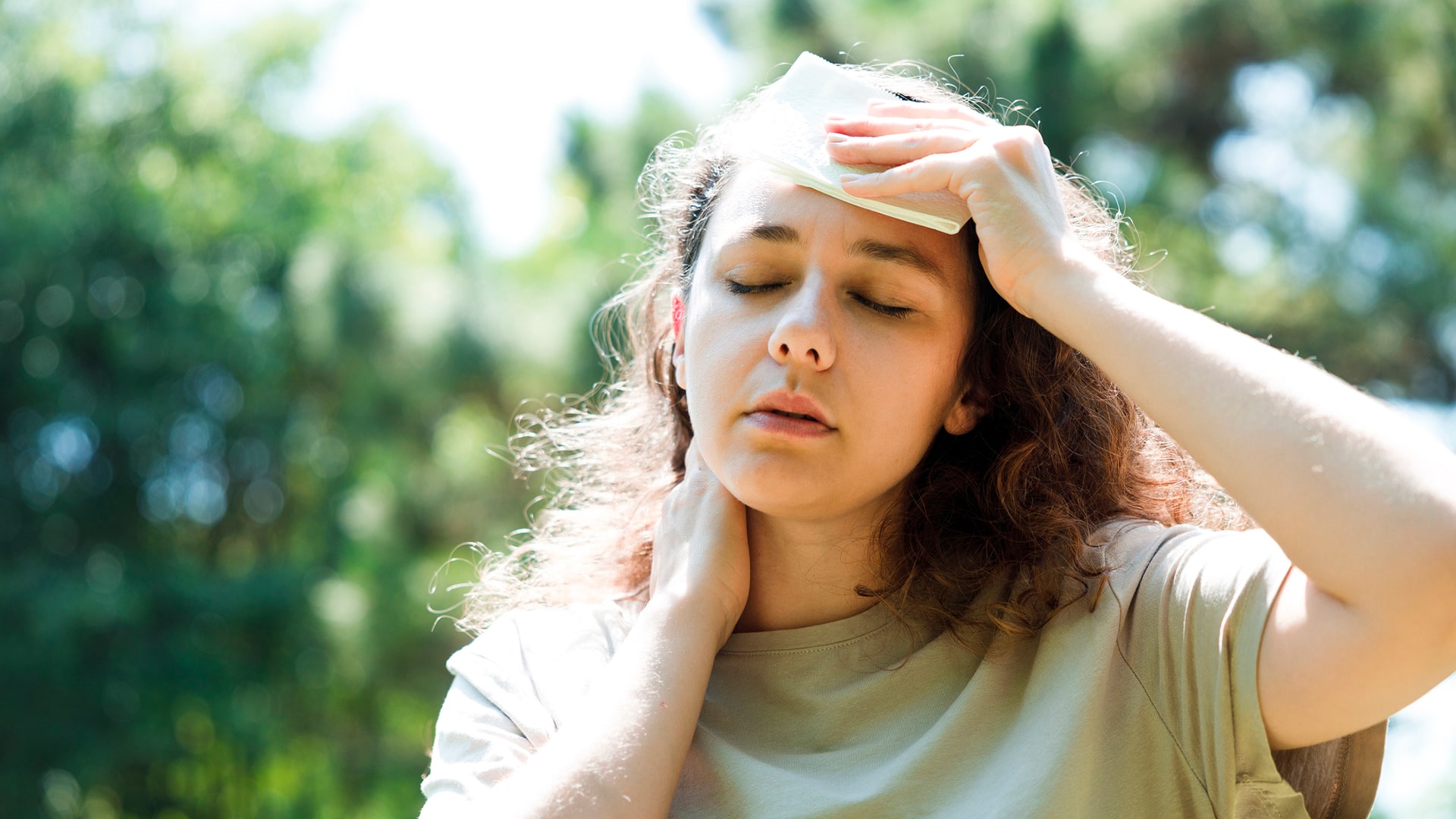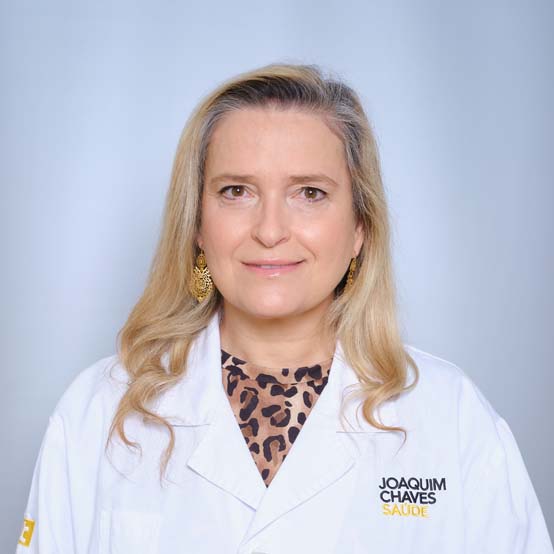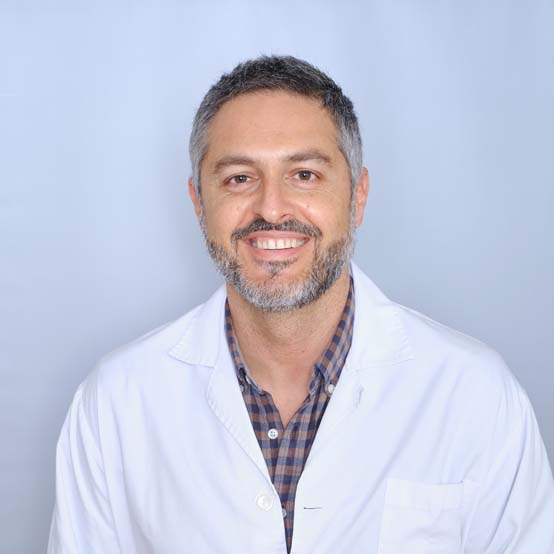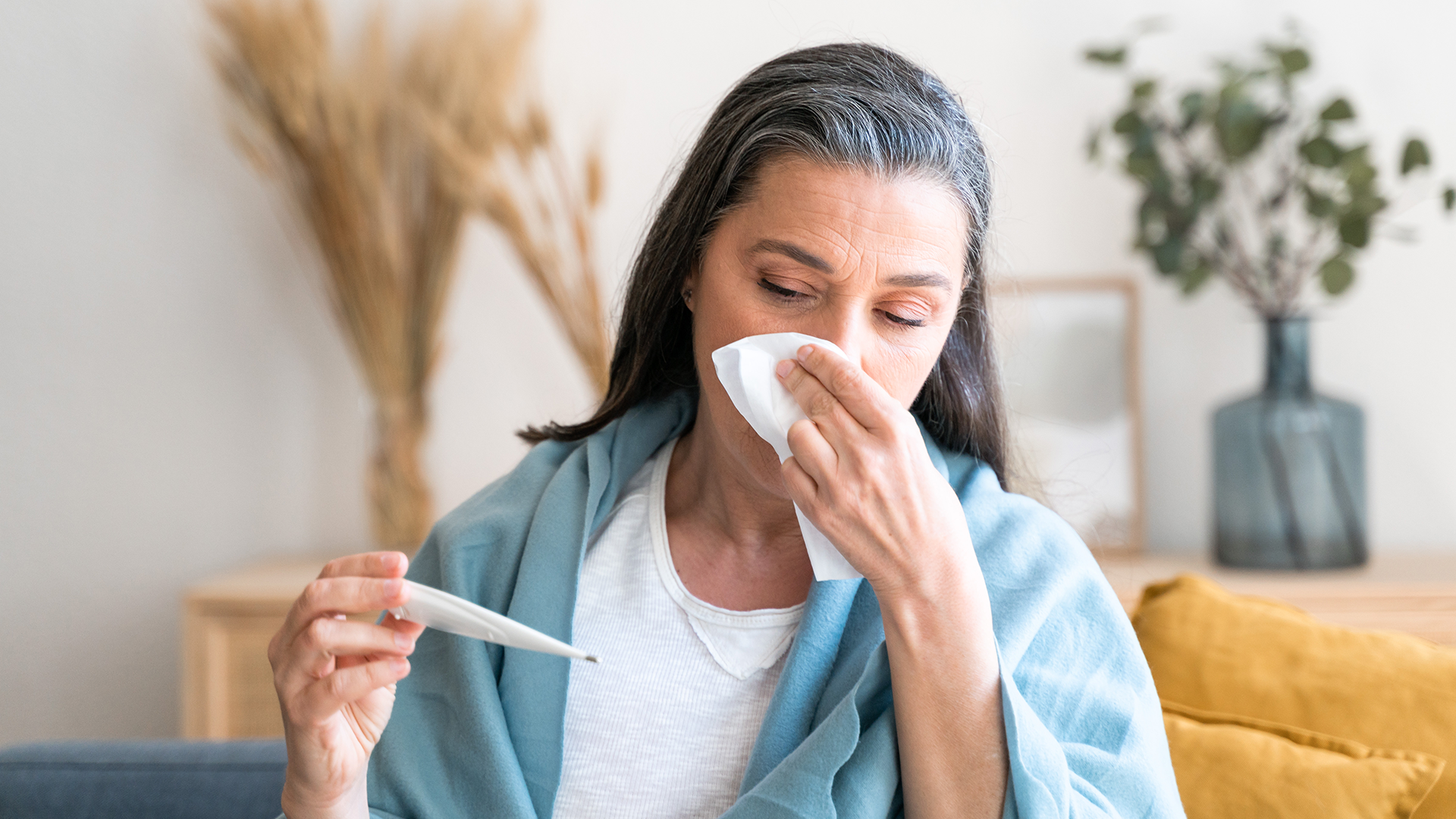According to the “The Lancet” report, heat-related deaths of people over 65 years of age increased by 53% in the last 20 years. Aside from increasing the likelihood of developing skin cancer, heatstroke can have other severe - and sometimes fatal - consequences. Find out what signs to look out for, prevention and treatment.
What is heatstroke?
Heatstroke is a medical condition that occurs when the body overheats, caused by overexposure to the sun or high temperatures for excessive periods of time. It is also known as sunstroke or hyperthermia, and happens when the body is unable to dissipate heat properly, resulting in a dangerous rise in body temperature.
What are the symptoms of heatstroke?
The symptoms of heatstroke can vary in severity. The most common include:
• Body temperature equal to or above 40 ºC. This is the principal and most alarming sign of heatstroke. A temperature equal to or above 40 ºC, without the person being feverish or ill, indicates a serious condition that requires immediate medical attention.
• Altered perspiration. With heatstroke, the skin is hot and dry to the touch, lacking adequate perspiration.
• Mental confusion and disorientation. The person may feel confused, agitated, disoriented and have difficulty speaking coherently. In serious cases, heatstroke can cause delirium, convulsions and even coma.
• Nausea and vomiting. People suffering from heatstroke can experience nausea and vomiting.
• Rapid breathing. The heartrate can increase as the body fights to regulate its temperature, and breathing can become rapid and shallow.
• Headache. Heatstroke can cause intense, persistent and throbbing headaches.
• Dizziness and light-headedness. Dizziness, balance issues and light-headedness are common symptoms of heatstroke.
• Weakness and fatigue. Heatstroke can lead to a feeling of extreme weakness and fatigue, making physical activities difficult.





